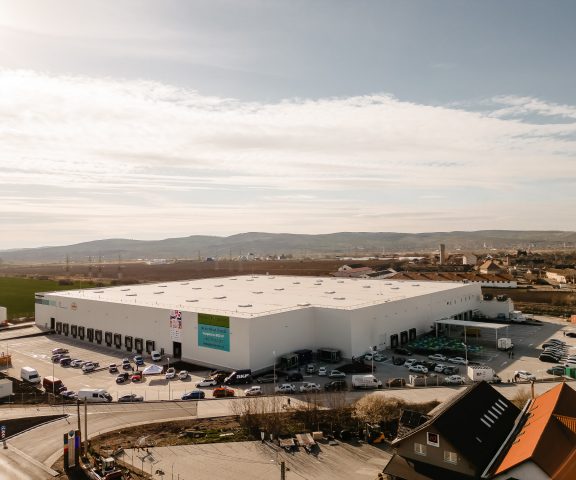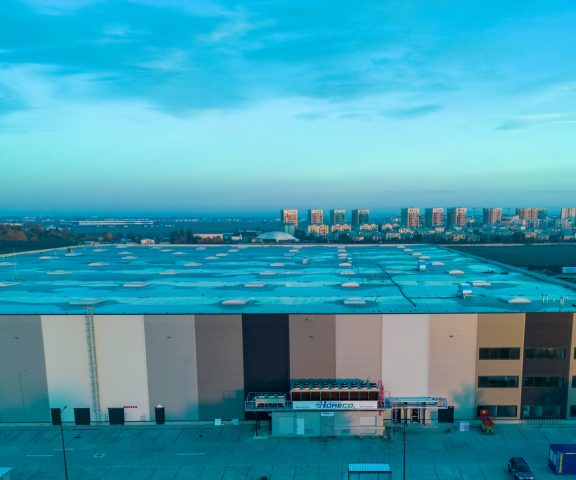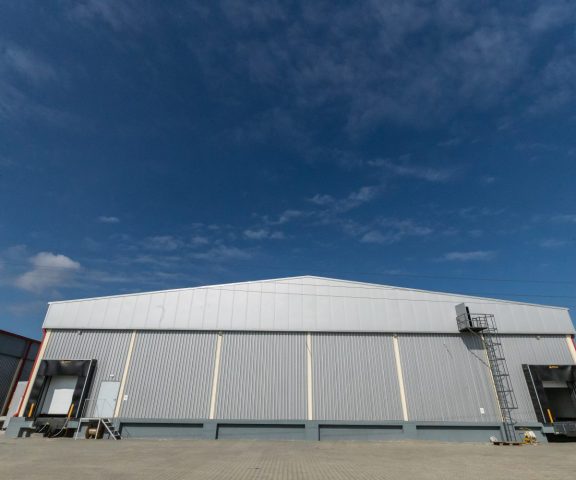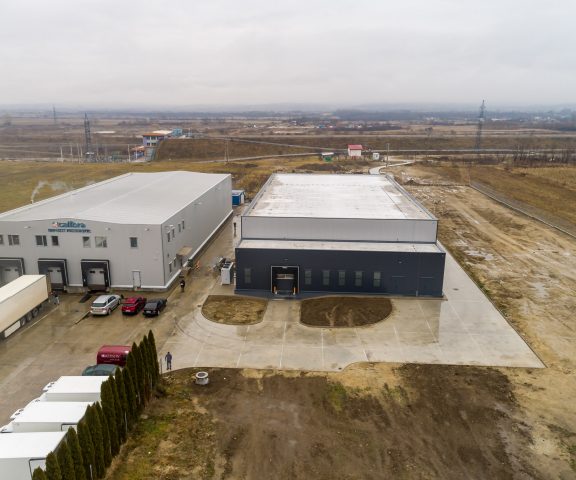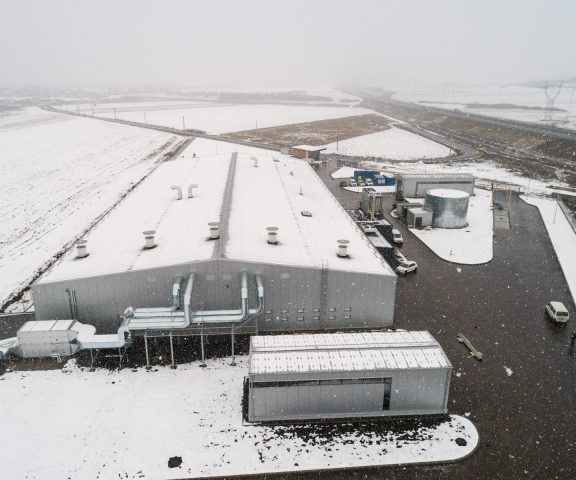Naturally occurring refrigerants
- CO2 ozone depletion potential (ODP) of 0 & global warming potential (GWP) of 1
- NH3 ozone depletion potential (ODP) of 0 & global warming potential (GWP) of 0
refrigeration system is completely HFC-free and designed to provide superior performance for refrigerated warehousing and food processing applications.
CO2 – The past and the future in refrigeration
CO2(R744) was one of the first refrigerants used back in the mid-1800s through until the 1920-1930s. It was then phased out in favor of the newly developed CFC refrigerants.
Due to the discovery of the damaging effects of CFC & HCFC refrigerants on the Ozone layer, many countries signed the Montréal Protocol to phase out all CFC & HCFCs (i.e. R12, R22, & R502).
HFC refrigerants were then adopted as the new norm in the mid-1990s (i.e. R134a, R404A etc.), however HFC refrigerants have since been found to have high Global Warming Potential (GWP).
So, CO2has recently returned to vogue due to it being natural, efficient, and having a very very low GWP. With the introduction of the Emissions Trading Scheme (ETS) and levies on HFCs, interest in CO2 as now being a viable alternate refrigerant is growing rapidly. Most of the European countries have banned the use of HFC refrigerants already.
Pros for CO2
- As more and more systems are installed, component suppliers are enabling economies-of-scale and introducing better components and controls, as well as maximizing the energy potential of operating a CO2
- A Transcritical system is 100% CO2, so only one gas is required on site and it operates on a Direct Expansion cycle.
- Typically, a CO2system has some energy saving advantages in cooler climates, combined with excellent heat recovery properties. Total store energy savings can be obtained in winter months in HVAC and year-round via water heating.
- Green image! It’s non-toxic, natural and non-flammable so there are no adverse effects on the environment.
- Its future is secure and it won’t be phased out as other refrigerants have been in the past. It is the environmental choice for many refrigeration system applications.
- High volumetric cooling capacity, so smaller piping, evaporators and compressors can be employed, however in summer months it operates at higher pressures.
- It’s a high-density gas so all heat exchangers become very efficient.
- As more and more systems are installed and equipment supplier technology increases, the perception CO2is only viable for large stores decreases. CO2 is becoming more viable for all store sizes.
Cons for CO2
- In summer ambient conditions the efficiency gains are reduced and, in some instances negated, compared to traditional HFC systems. Special care in design needs to be made by experienced designers to avoid high energy costs, predominantly through smart control algorithms and additional control componentry.
- Requires specific training in the maintenance of systems.
- Operates at higher pressures so thicker wall piping and stronger components are required.
- A subcritical system(Hybrid) still requires two gases on site with typically HFC as the secondary gas which attracts an ETS levy. (Although due to the use of CO2it requires a smaller total charge than traditional 100% HFC systems offsetting some of the ETS levies.)


